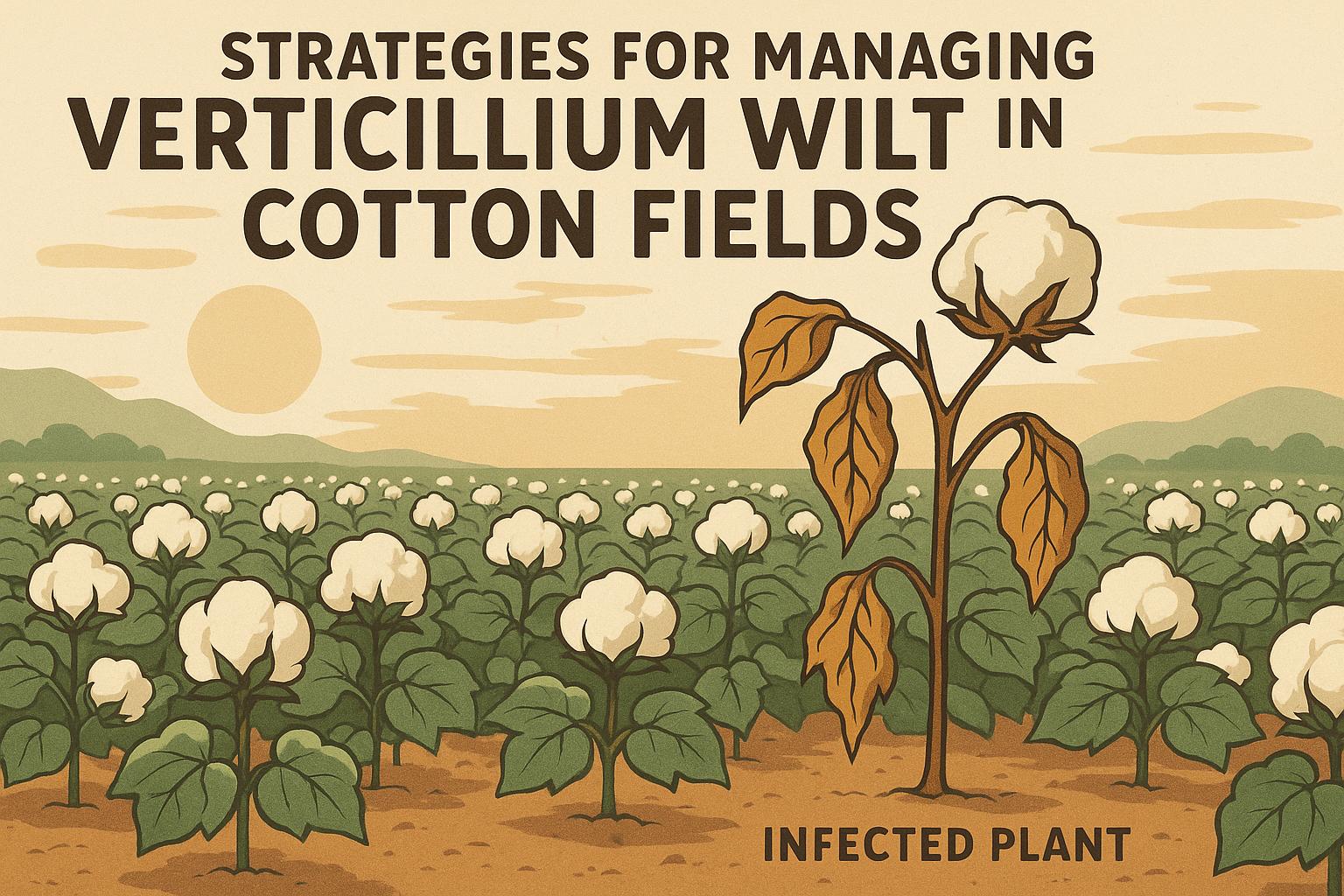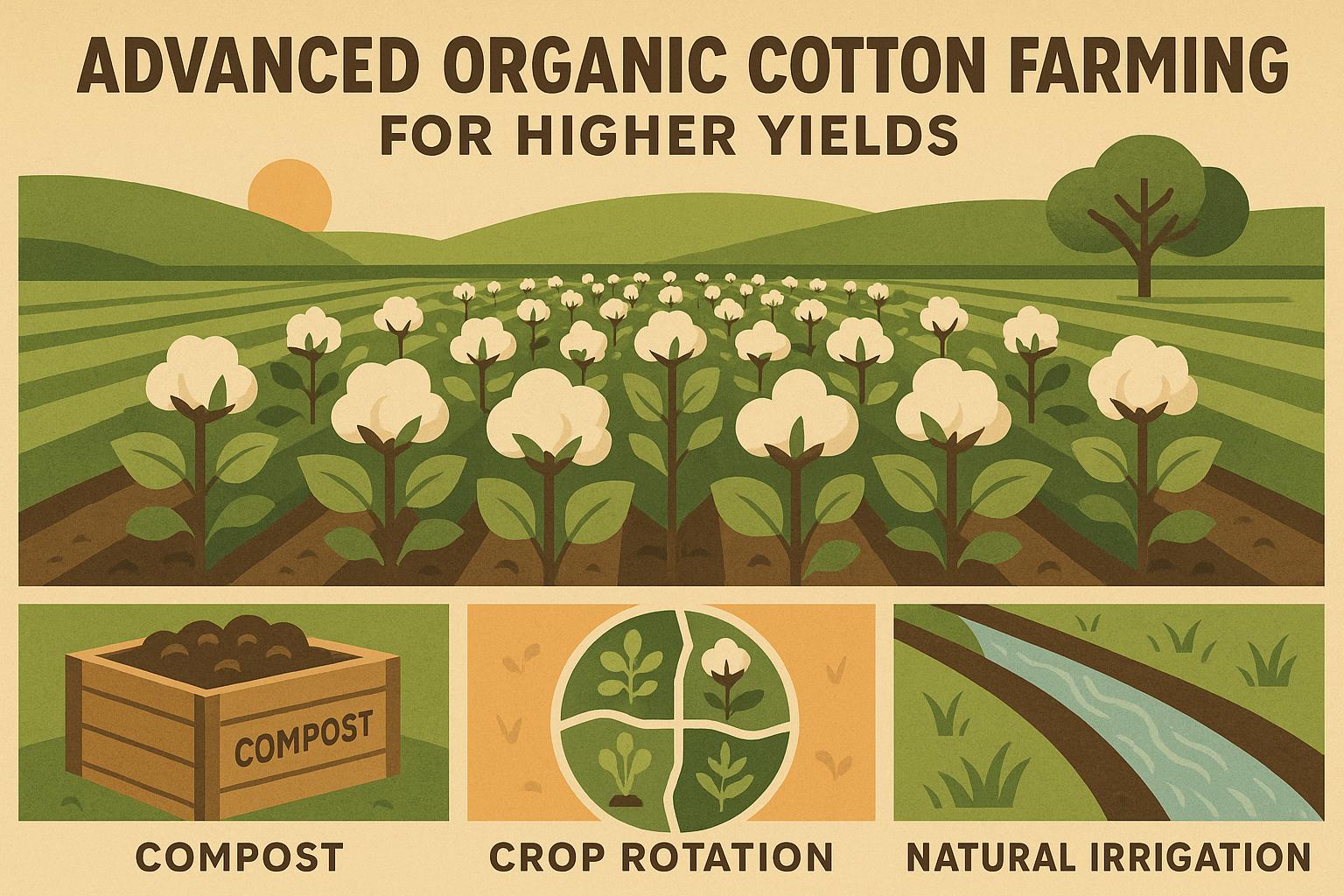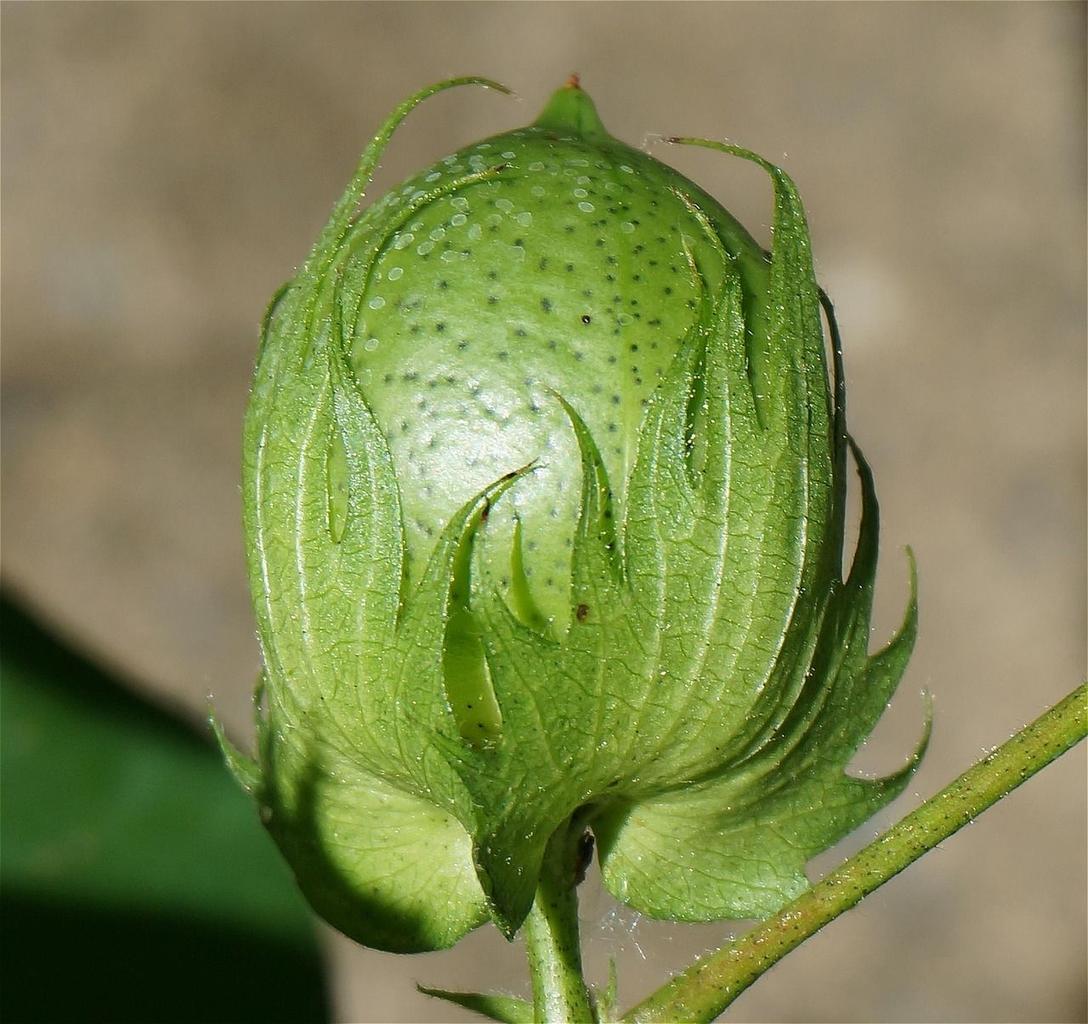Texas's cotton journey spans over two centuries, beginning with Spanish missionaries in the 18th century and evolving into a global agricultural powerhouse. Here's a quick overview of its key milestones:
- 1745: Spanish missionaries plant the first cotton seeds near San Antonio.
- 1821: Stephen F. Austin's colony introduces large-scale cotton farming, leveraging fertile soil and irrigation from the Brazos and Colorado rivers.
- 19th Century: Innovations like the cotton gin and railroads revolutionize production and transportation, boosting output significantly.
- 20th Century: Challenges like the boll weevil and the Great Depression reshape the industry; mechanization and oil production reduce dependence on cotton.
- Modern Era: Precision farming, drones, and GPS tools enhance efficiency; Texas remains the U.S. leader, producing over 14 million bales in 2020.
Cotton has been central to Texas's economy, supporting jobs, advancing technology, and influencing regional development. Today, it continues to adapt with sustainable practices and modern technology, keeping its legacy alive.
Advances in Cotton Farming and Production
The Cotton Gin's Role in Texas
The invention of the cotton gin by Eli Whitney in 1793 reshaped the cotton industry, and its impact was especially felt in Texas during the early 19th century. This machine turned the once labor-intensive process of cotton cleaning into a mechanical operation, saving time and effort. Thanks to this innovation, Texas saw its cotton production skyrocket - from 350,628 bales in 1869 to a staggering 805,000 bales by 1879.
Railroads and Cotton Transportation
The expansion of railroads in the late 19th century transformed how cotton was transported in Texas. By connecting farms to markets, railroads slashed transportation costs and sped up delivery times. Farmers gained more control over their sales, especially with the placement of cotton compresses along rail lines, which allowed them to better negotiate prices. This improved infrastructure helped solidify Texas's position as a leader in cotton production.
Tools That Transformed Cotton Farming
The 1870s introduced new tools that made cotton farming more efficient. Barbed wire protected crops from roaming livestock, reducing losses, while specialized plows designed to handle Texas's tough soil boosted productivity. These advancements fueled rapid growth, enabling Texas to produce 3.5 million bales of cotton annually by the early 1900s.
These innovations didn’t just change farming methods - they also cemented cotton's role as a cornerstone of Texas's economy.
Cotton's Economic Role in Texas
Economic Growth Fueled by Cotton
In the 19th century, cotton became a driving force behind Texas's economic expansion. Production skyrocketed from 350,628 bales in 1869 to 3.5 million by 1900. Cities like Austin, Houston, and Galveston flourished as key hubs for processing and exporting cotton. To support the booming trade, an extensive transportation network was developed.
The cotton industry also encouraged investment and technological advancements. By 1927, Williamson County had risen to become the leading cotton producer in Texas.
Economic Challenges and Recovery Efforts
The Great Depression hit the cotton industry hard. In Travis County, production plummeted, with 143,000 acres yielding just 19,000 bales in 1930.
Efforts to recover included:
- Establishing regional cotton exchanges, which centralized markets and stabilized prices.
- Farmers joining collectives to push for fairer pricing.
- The growth of the oil industry in the 1920s, which reduced Texas's dependence on cotton. By 1929, Texas was producing 60% of the nation's oil.
Mechanization brought further changes. In 1944, the Hopson Planting Company revolutionized the industry by planting, harvesting, and baling cotton entirely with machines. While cotton no longer dominates Texas's economy, it remains a key agricultural product. In 2020, Texas produced 14.061 million bales, with farmers earning an average of $0.58 per pound.
These shifts paved the way for regional differences in cotton farming and highlighted the influence of key figures in Texas's cotton history.
Regional Cotton Farming and Key Figures
Cotton Farming in Different Texas Regions
Texas's geography and climate have heavily influenced cotton farming practices across its regions. In Central Texas, the fertile bottomlands along the Brazos and Colorado rivers created prime conditions for cotton cultivation, making the area an early leader in production.
In the High Plains, railroads transformed the region into a cotton-growing hub. The flat terrain and easy rail access supported mechanized farming and allowed growers to efficiently transport their crops to market. Meanwhile, the Gulf Coast region played a crucial role with its extended growing season and strategic access to ports, facilitating exports.
Key People in Texas Cotton History
Several individuals left a lasting impact on Texas's cotton industry by introducing practical solutions and pushing for fairer policies. Will T. Caswell developed a warehouse system that helped farmers avoid market instability. This system gave growers the option to store their cotton for free until prices improved, offering greater control over sales.
James Stephen Hogg, on the other hand, focused on regulatory reforms. His policies ensured fair railroad rates and eliminated price discrimination, creating a more balanced trading environment for cotton producers statewide.
These regional advantages and the contributions of influential figures helped Texas establish itself as a global leader in cotton production. Their efforts shaped the industry and set the stage for its long-term success.
sbb-itb-0e617ca
How Drought Cost America's Cotton Industry Billions
The Cotton Industry in Texas Today
Texas's cotton industry has evolved with the times, integrating advanced technology and sustainable methods to maintain its stronghold in agriculture.
Modern Cotton Farming Practices
Precision agriculture has reshaped cotton farming in Texas. Tools guided by GPS have streamlined planting and harvesting, while drones with specialized sensors help farmers spot pest issues and diseases early. This early detection drastically cuts down on pesticide use. Texas A&M AgriLife Extension plays a key role by combining these technologies with advanced farming strategies, helping growers increase yields while reducing environmental strain. These advancements not only boost efficiency but also highlight the industry's economic importance in the state.
Cotton's Role in Today's Economy
Cotton continues to be a major player in Texas's agricultural sector, providing over 340,000 jobs and generating billions of dollars annually. Its economic influence stretches beyond farming to include ginning facilities, transportation systems, and textile production. During the challenges of the 2020 COVID-19 pandemic, Texas cotton farmers adapted by diversifying markets and enhancing domestic processing, helping them navigate supply chain disruptions.
Resources for Cotton Professionals
Groups like the Texas Cotton Ginners Association and the Texas Alliance for Water Conservation offer vital support to industry professionals. They provide training in areas like precision farming, water management, and modern ginning techniques. Digital tools also give farmers real-time market data and technical advice, enabling smarter planting, harvesting, and marketing choices. These resources keep Texas cotton competitive on a global scale.
Summary of Texas Cotton History
Texas has a rich cotton history that dates back over two centuries, starting with Spanish missionaries and growing into a global agricultural powerhouse. The journey reflects the industry's ability to overcome challenges and adapt to changing times.
Key Highlights
The cotton industry in Texas took off after Stephen F. Austin established his colony in 1821. Technological advancements like the cotton gin and railroads dramatically changed how cotton was produced and transported. These innovations, along with migration from the Deep South and Europe, helped Texas become a major player in cotton farming.
In the early 20th century, the industry faced hurdles such as the boll weevil pest and issues with overproduction. Early cotton farming depended on systems like slave labor and later sharecropping. Today, the focus has shifted to modern farming methods and addressing sustainability concerns.
| Era | Key Developments |
|---|---|
| 18th Century | Cotton introduced by Spanish missionaries |
| 1821 | Expansion of cotton farming with Austin's colony |
| Late 19th Century | Cotton gin and railroads transform production |
| Early 20th Century | Boll weevil and mechanization reshape farming |
| Modern Era (2020) | Advanced techniques fuel industry growth |
By 2020, Texas produced 14.061 million bales of cotton, underlining its role in both the state's economy and its agricultural legacy. The industry continues to evolve, tackling modern challenges like sustainability and global competition while building on its storied past.
For more details on Texas's cotton history, check out the FAQ section.
FAQs
How did the cotton gin impact Texas?
The cotton gin transformed how cotton was processed in Texas, enabling large-scale production and reshaping the state's economy. It also laid the groundwork for the development of mechanized harvesting, solidifying Texas's role as a major cotton producer.
When did the cotton industry start in Texas?
Cotton farming in Texas traces back to 1745, when Spanish missionaries began cultivating it. However, it became a key part of the state's agriculture in 1821, as Anglo-American settlers started growing cotton systematically.
Who was the first to grow cotton in Texas?
Spanish missionaries were the first to successfully grow cotton in Texas, with records showing cultivation near San Antonio in 1745.
Why did cotton production increase in the 1850s in Texas?
The 1850s saw a boom in cotton production due to the displacement of Indigenous populations, which opened up more land for farming, and the growth of railroads, which made it easier to transport cotton to markets. By 1869, Texas was producing 350,628 bales of cotton.
These milestones reflect the growth and transformation of Texas's cotton industry over time.


